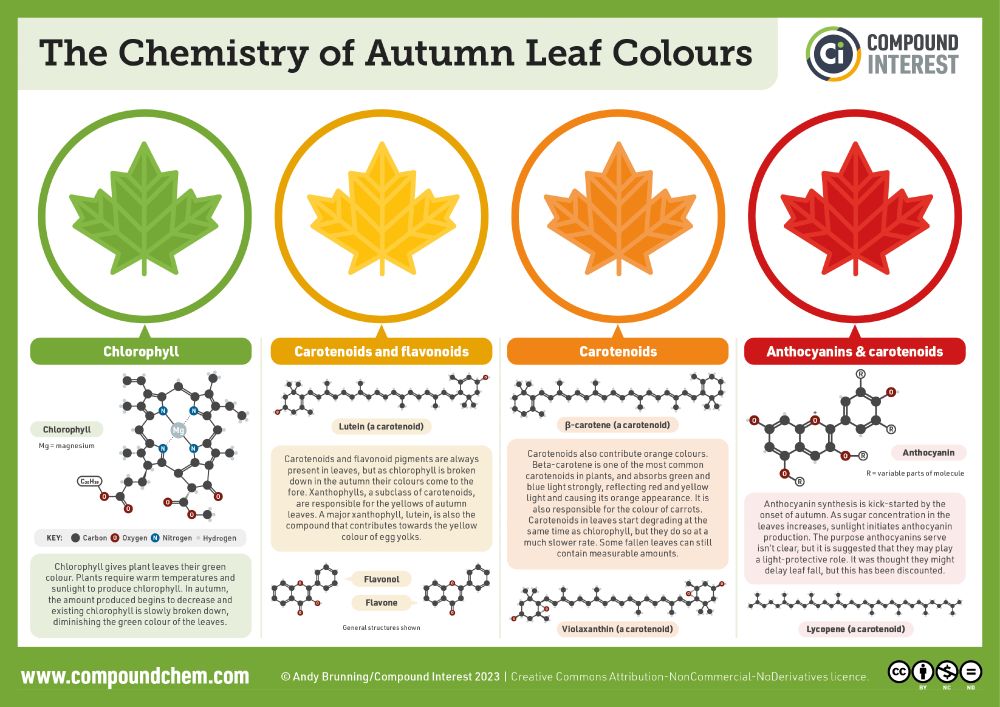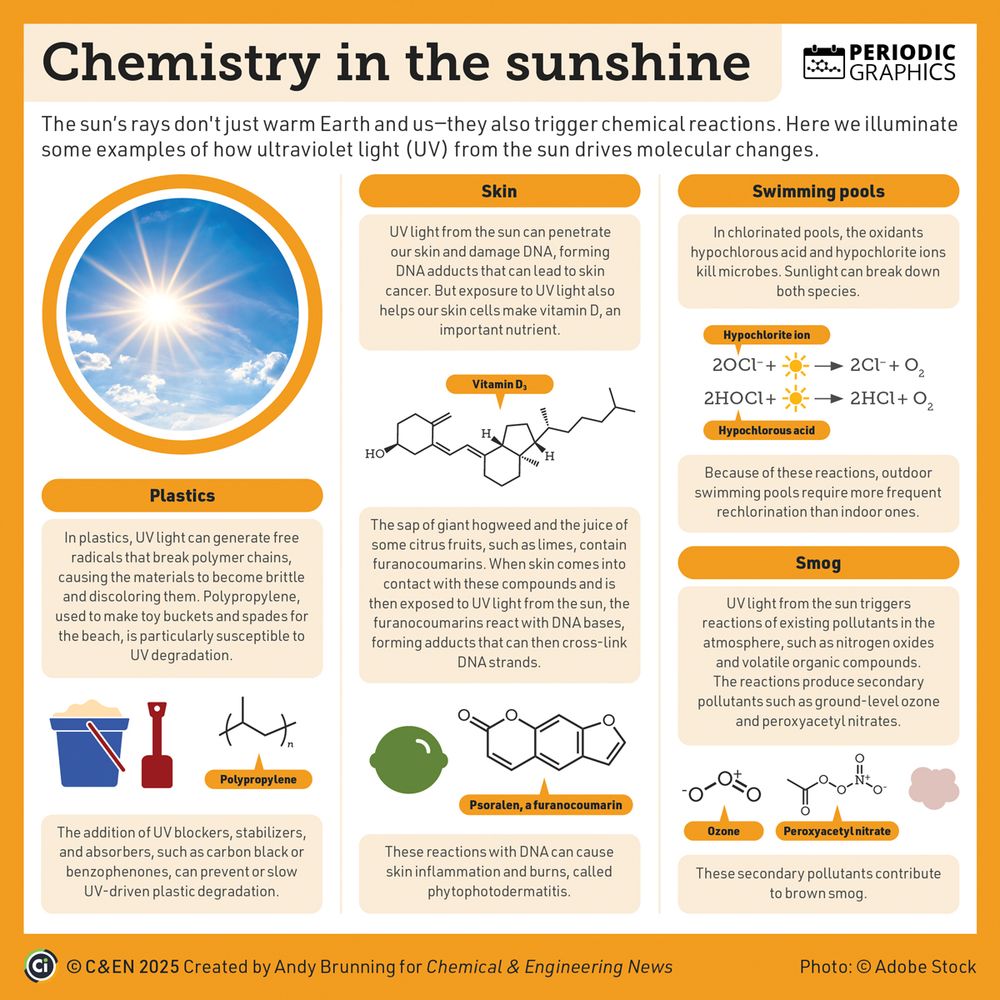Compound Interest | Chemistry infographics
@compoundchem.com
7.9K followers
180 following
790 posts
🧪 Infographics exploring everyday chemistry
📅 #PeriodicGraphics in @cenmag.bsky.social
🥇 ACS 2025 Interpreting Chemistry for the Public award
🏆 ABSW 2018 Science Blog Award
🖊️ Posts by @andy.compoundchem.com
🌐 Website: compoundchem.com
Posts
Media
Videos
Starter Packs
Reposted by Compound Interest | Chemistry infographics
Reposted by Compound Interest | Chemistry infographics
Reposted by Compound Interest | Chemistry infographics
Reposted by Compound Interest | Chemistry infographics
Reposted by Compound Interest | Chemistry infographics
Reposted by Compound Interest | Chemistry infographics
Reposted by Compound Interest | Chemistry infographics
Reposted by Compound Interest | Chemistry infographics
Reposted by Compound Interest | Chemistry infographics
Reposted by Compound Interest | Chemistry infographics



















